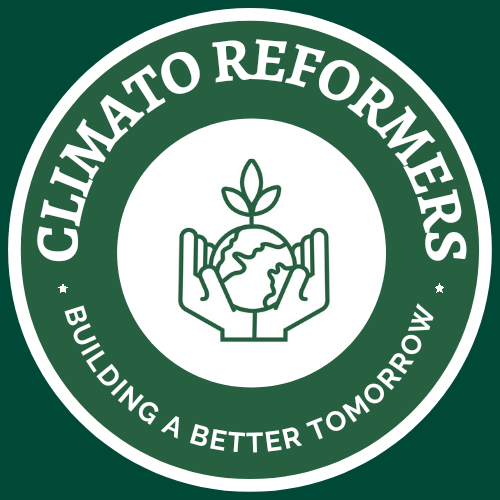STOP CLIMATE CHANGE
We need a Systemic solution
Temperature rise on land is about twice the global average increase, leading to desert expansion and more common heat waves and wildfires. Temperature rise is also amplified in the Arctic, where it has contributed to melting permafrost, glacial retreat and sea ice loss. Warmer temperatures are increasing rates of evaporation, causing more intense storms and weather extremes. So now is the time to act and Stop Climate Change.
Climate change includes both Global Warming driven by human-induced emissions of greenhouse gases and the resulting large-scale shifts in weather patterns.
Impacts on ecosystems include the relocation or extinction of many species as their environment changes, most immediately in coral reefs, mountains, and the Arctic.

Here’s what you can do:
- Aim for a Zero Food Waste household.
- Collect and store rainwater for home use.
- Invest in Energy-Efficient appliances.
- Take a more sustainable Transport Route.
- Support local Farmers and small businesses.
- Volunteer in River and Waterway Clean-up drives.
- Urge your government to enforce environmental policies.
- Share with others what you Learned about Climate Change.
Climate change threatens people with food insecurity, water scarcity, flooding, infectious diseases, extreme heat, economic losses, and displacement so these impacts have led the World Health Organization to call climate change the greatest threat to global health in the 21st century.
In the 1980s, the terms global warming and climate change were introduced. The former referring only to increased surface warming, while the latter describes the full effect of greenhouse gases on the climate.
The largest driver of warming is the emission of greenhouse gases, of which more than 90% are carbon dioxide (CO2) and methane. But burning of Fossil fuels (coal, oil, and natural gas) for energy consumption is the main source of these emissions. Additional contributions are from agriculture, deforestation, and manufacturing.
Even if efforts to minimize future warming are successful, some effects will continue for centuries, including rising sea levels, rising ocean temperatures, and ocean acidification.
Courtesy – Wikipedia


